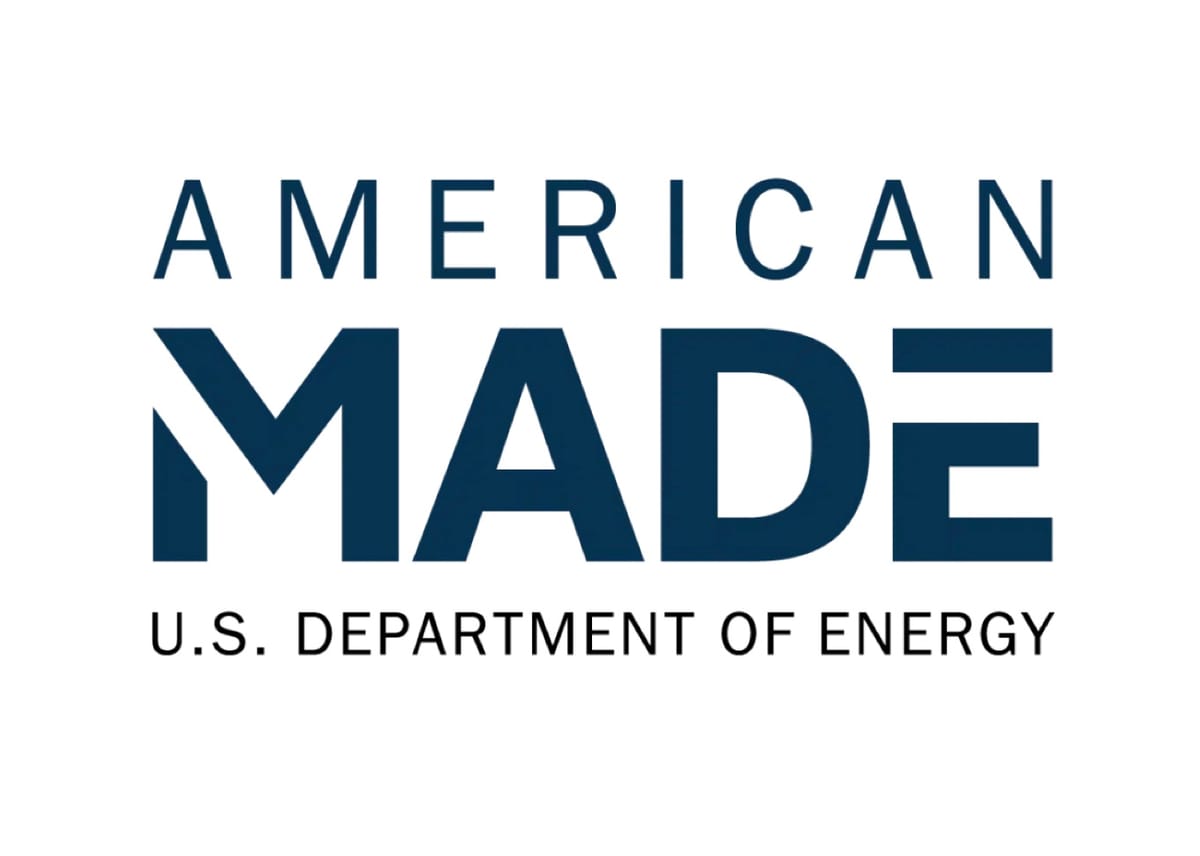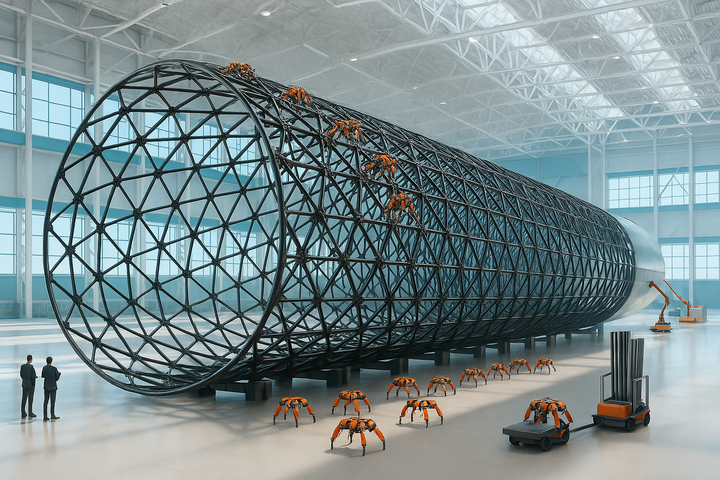H2C Safety Pipe Inc. Wins Phase 1 of DOE’s MAKE IT Prize for Innovative Hydrogen Pipeline
The Firms’ Safer Hydrogen Pipelines Team Proposes Solution for Safer, Lower-Cost, and More Efficient Hydrogen Pipelines

Santa Barbara, CA, August 28, 2024 – H2C Safety Pipe Inc., a subsidiary of hydrogen delivery company H2 Clipper, Inc. (“H2C”), announces that it has been named one of 13 Phase 1 winners of the Department of Energy’s (“DOE”) Facilities Track of the Manufacture of Advanced Key Energy Infrastructure Technologies (MAKE IT) Prize. H2C worked with NOV Fiber Glass Systems (“NOV”) on their submission.
In Phase 1 of the MAKE IT Prize: Facilities Track, competitors submitted a plan to establish a manufacturing facility for components related to their identified clean energy technology within the hydrogen, electric grid optimization, long-duration energy storage, and carbon capture industries. The Safer Hydrogen Pipelines Team was awarded $500,000 for their plan to retool and re-equip NOV’s existing facility in Houston, Texas to manufacture a double-wall FRP pipe for safer, lower-cost, and more efficient hydrogen pipelines.
H2C’s Safety Pipe™ technology covers a system, method, and apparatus for safely and efficiently transporting hydrogen using double-walled piping in conjunction with an inert “sweep gas” to fully capture 100% of all hydrogen leakage and enable continuous monitoring of the pipeline. Employing existing manufactured components, H2C’s pipe-in-pipe configuration currently requires two installation steps—first for the outside pipe and then a second to pull through the hydrogen carrier pipe.
The Safer Hydrogen Pipelines Team has demonstrated this technology in a prototype H2C recently built and tested for NOV. The results from this prototype confirmed a number of significant advantages over coated steel pipe for hydrogen pipeline use, including no corrosion or embrittlement risk, lower installed cost, full containment of any hydrogen leakage from the inside hydrogen carrier pipe, and 24/7/365 continuous monitoring to ensure pipeline integrity. The team’s MAKE-IT prize proposal seeks to eliminate the second step by manufacturing the jacket pipe as an integral part of the FRP pipe’s fabrication, thereby saving additional installation time and further reducing overall cost while maintaining all of the advantages demonstrated in the prototype.
“Since 2008, H2C has focused on developing technologies for delivering clean hydrogen anywhere in the world in the most effective, lowest cost, and safest way possible,” said H2C Safety Pipe CEO Robert Shelton. “With our patented pipe-in-pipe technology, we are revolutionizing hydrogen safety and enabling broader use of existing pipelines for hydrogen delivery. It’s been great working on further enhancements and we’re very appreciative of the MAKE-IT prize as an acknowledgment of the importance of this effort to our clean energy future.”
H2C and NOV anticipate that by virtue of being safer and lower in cost than other transport options, their pipe will provide a key component for future DOE Hydrogen Hub projects and improve the financial viability of other hydrogen projects.
The MAKE IT Prize was developed by the DOE’s Office of Technology Transitions (“OTT”), in partnership with its Office of Clean Energy Demonstrations (“OCED”) and is administered by the National Renewable Energy Laboratory (“NREL”). The MAKE IT Prize aims to catalyze the domestic manufacturing of clean energy technology components. The two-phase contest asks competitors to develop credible plans for establishing manufacturing facilities, with the goal of being “shovel-ready” by the end of the second phase.
About H2C Safety Pipe Inc.H2C Safety Pipe, Inc. has sought to revolutionize hydrogen safety and enable broader use of existing pipelines for hydrogen delivery with its patented pipe-in-pipe technology. The company’s technology employs a secondary “safety pipe” to fully contain any hydrogen leaks, a sweep gas such as nitrogen to prevent hydrogen buildup, and uses advanced sensors to provide continuous 24/7 monitoring, resulting in added safety for individuals, property, and the environment. The company is a subsidiary of H2 Clipper, which has since 2008 been dedicated to identifying and developing the most practical, safest, and lowest cost, midstream technologies for delivering fuel-grade hydrogen from where it is most economical to produce to end-use markets.
